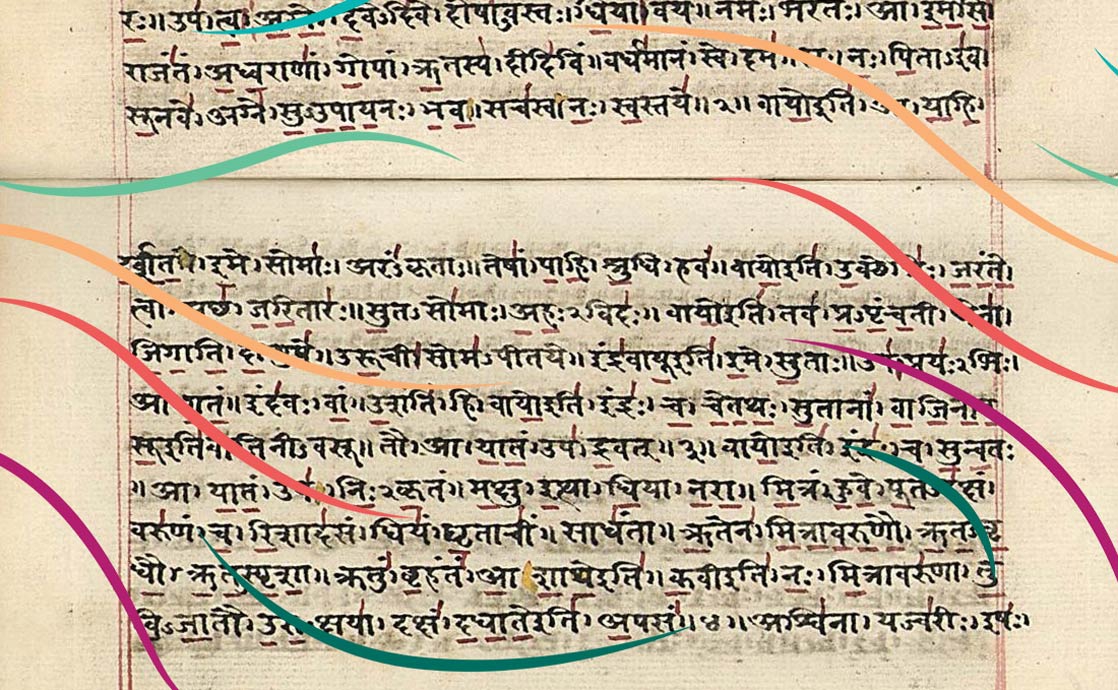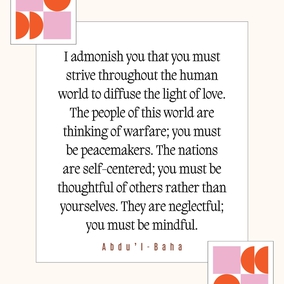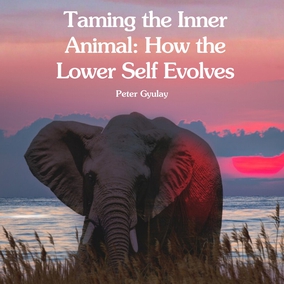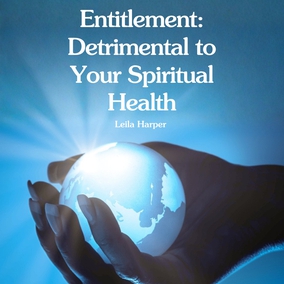The views expressed in our content reflect individual perspectives and do not represent the authoritative views of the Baha'i Faith.
Is the Tanach, the Jewish holy book that contains the Torah, which Christians call the Hebrew Bible or the Old Testament, the world’s oldest full set of holy scriptures? No—the Rig Veda is much, much older.
The origins of the Rig Veda (also written RigVeda), the earliest Hindu Veda, are lost to history—but most historians agree that they predate the Jewish scriptures by several centuries. One prominent Western scholar, Max Muller (1823-1900), originally dated the Rig Veda around 1200 BC, but it’s clear from his subsequent writing that this was just a reasoned hypothesis.
RELATED: Hinduism – The Beginnings of Modern Belief
Today historians commonly believe the Rig Veda was written around 1500 BC, but its core may be much older. Several reasonable arguments date it to at least 3000 BCE, some time during the late Bronze Age, when human societies first kept written records. Let’s just say it’s one of the oldest complete works of literature, and certainly of scripture, of any kind. There’s a nice discussion about the age of the Rig Veda.
Why is it important to know this? Well, from a Baha’i perspective, understanding the mysteries of the holy scriptures of all Faiths means uncovering their innermost spiritual meanings. As Abdu’l-Baha, the son of Baha’u’llah, the prophet and founder of the Baha’i Faith once said to a Bible study class in New York City:
… investigate and study the Holy Scriptures word by word so that you may attain knowledge of the mysteries hidden therein. Be not satisfied with words, but seek to understand the spiritual meanings hidden in the heart of the words.
Baha’is view the scriptures of the world’s great Faiths as eternal treasures suffused with wisdom and truth, and Abdu’l-Baha wrote:
Let us not be as barriers that wall out the rolling ocean of Almighty God. Let us not prevent the pure, sweet scents from the garden of the All-Glorious Beauty from blowing far and wide. Let us not, on this day of reunion, shut out the vernal downpour of blessings from on high. Let us not consent that the splendours of the Sun of Truth should ever fade and disappear. These are the admonitions of God, as set forth in His Holy Books, His Scriptures, His Tablets that tell out His counsellings to the sincere.
In its present form the Rig Veda consists of some 10,000 verses, divided into some 1,000 hymns that usually take up 10 volumes in Sanskrit. Beginning in 1850, pieces of the Rig Veda started being translated into English. By 1888 the entire Rig Veda was available in English in six volumes. At just about any good bookstore or online retailer you’ll find about 10% of the Rig Veda in a single volume published by Penguin in 1981. A great bit more of it, and other sacred Hindu texts, is available online.
If you pick up the Rig Veda you’ll soon find that it speaks of many gods: Agni—where we get our word “ignite”—Indra, Mitra, and many others. Thus, Hindus appear to be polytheists. But Hindus also believe that all these many gods are really one God. For example, Book 1, Hymn 164, verse 46, of the Rig Veda reads:
“They call him Indra, Mitra, Varuṇa, Agni, and he is heavenly nobly-winged Garutmān [or Garuda, the king of birds, sometimes equated with the sun’s rays].To what is One, sages give many a title, they call it Agni, Yama [lord of the dead and an associate of Agni], Mātariśvan [a hidden fire in a mother associated with Agni].“
If all these gods are really One, Hindus are monotheists (of a sort), or, as some scholars prefer, “monist,”—a philosophical/theological term with so many shades of meaning that usage is very problematic. Miriam-Webster defines monism as a belief that “reality is one unitary organic whole with no independent parts.” Hindus are monist to the degree that they view things that appear as many, as phases or aspects of one.
For example, Mitra represents the morning light of God, necessary (as light is) for honest social relations and contracts. Varuna, by contrast, holds moral order together at night. Thus Mitra and Varuna work together to hold social order together day and night—both take part in one process.
We in the West also consider that God takes on different roles. Our God is a fierce warrior God (see for example Exodus 15:3). He also upholds moral order and social contracts, as in Exodus 23:1-6. What we usually do not do, however, is have different aspects of God portrayed as different characters in the same narrative. But as long as we understand, as monists do, that each merely represents different aspects or attributes of the same God, there is little difference.
You May Also Like
Comments

















Pali (Dhamma/Bhambhi/Brahmi - script) -> BHS (Buddhist Hybrid Sanskrit - Nagari and Kharoshti script)
-> Classical Sanskrit (Devanagari Script).
If you follow the epigraphy and archeological evidence not a single stone, copper inscription or
palm leaf or birch bark manuscript of Classical Sanskrit can be found before 15th century.
Many sounds of classical sanskrit such as Tr(त्र),Chha(छ), Gya(ज्ञ) were invented after 11th century.
There is simply no way to speak classical sanskrit before the invention of thise sounds.
And can only be written after Devanagari script was invented in 11th to 13th century.
So ...Vedas are not the oldest scriptures by a long stretch the claims are completely false.
Ekam sat vipra bahudha vadanti
The Truth is one,
the wise express it
in numerous ways
(Rg Veda Samhita, 1.164.46)